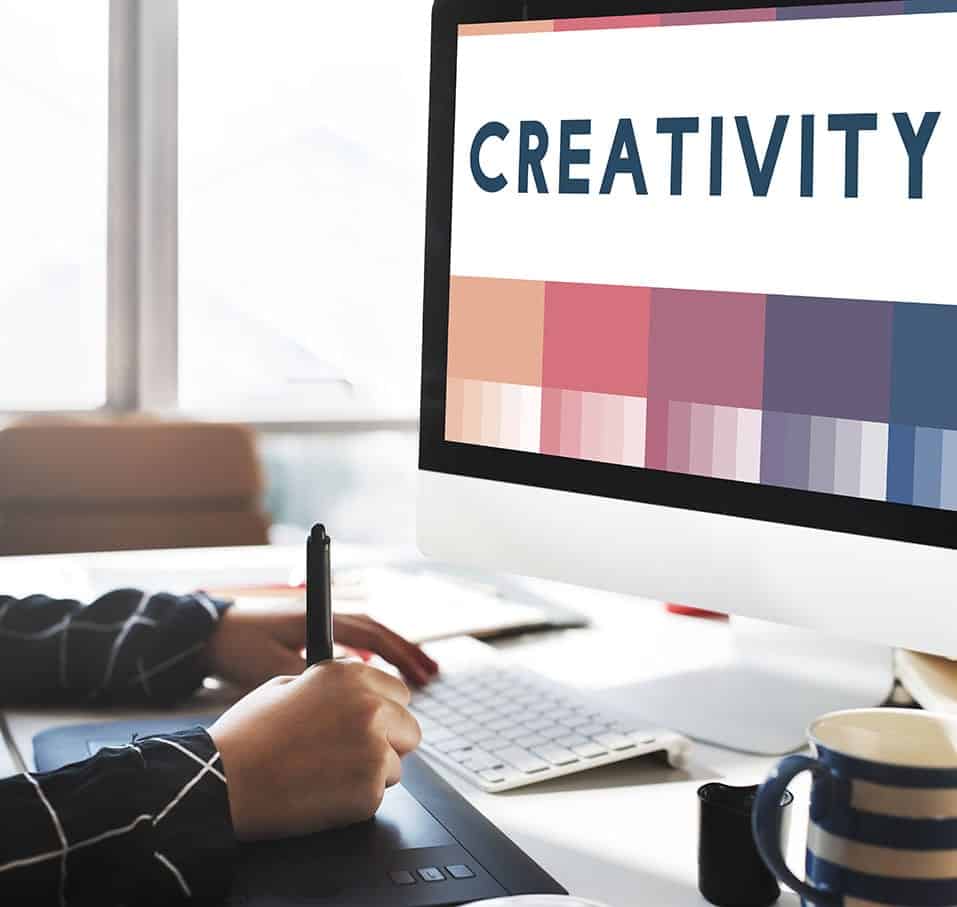
6 Creative Stages of Branding Design.
What is branding?
As of recently the word “brand” has multiple meanings. According to the Business Dictionary a brand is a customised design, symbol, group of words or sign used to create an image or vision that can identify a specific product or service. Making it differ from other competitors. To create a successful brand identity customers must feel a strong sense of credibility and quality.
Branding personality and goals.
Firstly, the company must set out a set of goals or objectives and type of personality in order to create an effective brand, however, these goals can be updated later on during the creative process but it is essential to have a vague direction at the beginning.
The designer is not responsible for defining these goals, so before the designer can start their work on the visual side of the branding they must identify the characteristics in which the company wants to present to their customers. To design a brand without any of this information is similar to drawing something from just a photograph. You can create a strong copy of it however there will be no emotion attached to it. A similar concept applies with branding processes. If the client didn’t provide the designer with a guide to what their company would like to achieve and their characteristics, it’s always a good idea to ask them for it.
User and market research.
After goals and expectations are clear the designers will then move onto the research phase of the project. This step is essential for all designers whether it be from web designing to creating logos. This stage allows the designer to immerse themselves into the environment of the brand they are designing for and decide which particulars will influence the success of the brand.
Top of the list is market research, where designers will dig out information regarding the potential competitors. It’s always a good idea to learn from someone else’s experience whether it be good or bad. Having all this necessary information the designers can begin to create a custom high quality logo and start to build the brand’s identity that will stand out more than the competition.
Designer’s and the client’s personal preferences should be put aside in order to achieve the needs of the target audiences. Making a good first impression is key to gaining potential customers and gaining their trust. This is where user research helps to gain a deeper insight into the preferences of the target audience.
Research is the key to a successful project. Starting the project over again takes longer than researching the brand properly.
Logo design.
A brand isn’t defined by the logo however it is an important stage in the branding process. That being said, do not underestimate the role in which the logo plays in the project. A logo is the basic identity of the brand as a whole and is the foundation of an effective marketing strategy which can enable a connection between the brand and the target audience.
The stages of logo designing are completing research, another more creative search, style direction, colour palettes, typography and creating a style guide.
When all basic elements have been gathered, the designers can move onto a more artistic phase – the creation of the logo. This is where a style direction and colour palettes are chosen and customised depending on the brand.
After the design has been completed and the client is satisfied with it, the testing stage can begin. Just because the design looks good on a digital platform does not mean that it will translate the same on a variety of different media. It is vital to test the design on all possible media and situations to make sure there will be no problems further down the line.
Logos play a large part in branding processes, therefore graphic designers spend a lot of time paying attention to the creative process. A high quality logo is definitely worth the time and the investment.
Visual elements.
Logo designs are not the only aspect to visual representation of a branding process. The main focus is definitely the logo however there are more elements that deserve the attention as well, such as typography.
Clients often look for ways to personalise their image and brand – designers have the solution. A mascot is a unique design character created to represent the brand in a customisable way. They can be designed as part of a logo or a separate brand element. A mascot can be used as a tool to communicate with customers in an unconventional manner. Users will start to see a mascot as a representation of the company, product or service. An effective mascot can almost guarantee memorability for a brand and can easily connect with customers’ attention.
Corporate style.
When the client and the designer are both happy with the design of the logo, a colour palette can be chosen and other visual elements can start to be prepared, then the combination of these elements can begin.
To conclude, building a brand isn’t just about the logo, it’s about a visual identity and journey that communicates with the target audience. Market research also plays a huge role in creating a brand identity and can either make or break the project.





